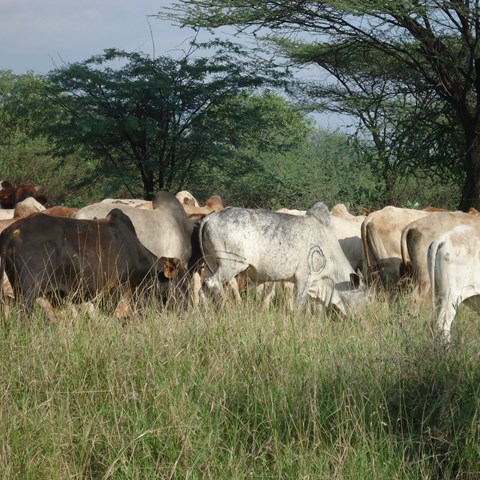Facts:
Silvopastoral systems combine tree growing with the production of livestock. These systems typically include pasture systems containing trees that are widely spaced or planted in clusters throughout the pasture.

A recent report, "Grazing with Trees", by the Food and Agriculture Organization (FAO), draws evidence from research and shares experiences from various case studies on the benefits provided by dryland silvopastoralism and how they can be enhanced through management. SLU researcher Aida Bargués Tobella has been part of the report’s advisory committee and has contributed with case studies and reviews.
The ‘Grazing with Trees’ report gives a thorough assessment of the positive role that optimised extensive grazing livestock farming can play in the management and restoration of drylands’ forests and wooded lands. It assesses and provides sound evidence on the benefits of applying an integrated landscape approach and utilising farmers and pastoralists’ knowledge to halt desertification, increase resilience, and enhance food security under climate change.
- I hope this report stimulates more research about the interactions between livestock and trees in dryland landscapes to be able to design integrated land-use management practices that optimise benefits for people and the environment, says Aida Bargués Tobella.
The report confirms the importance of agroforestry – and silvopastoralism in particular - as a primary pathway for forest restoration in drylands, as stated in FAO’s State of Forests 2022. Key recommendations include encouraging landscape planners and decision-makers to consider livestock as allies, carefully restoring tree cover, and accelerating action to promote healthy ecosystems.
Silvopastoral systems combine tree growing with the production of livestock. These systems typically include pasture systems containing trees that are widely spaced or planted in clusters throughout the pasture.
Aida Bargues Tobella, Researcher
Department of Forest Ecology and Management, SLU
aida.bargues.tobella@slu.se, +46907868346